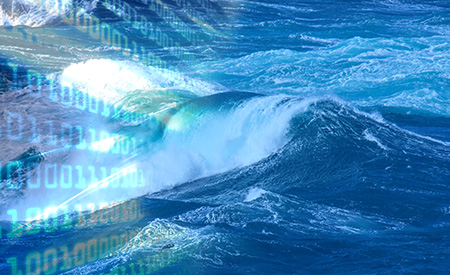Software
Type of resources
Available actions
Topics
Keywords
Contact for the resource
Provided by
Formats
status
-

This document includes the main requirements, use cases, as well as implementation details and is completed with some examples; it can serve as a technical manual of the catalogues module. This document describes the functionalities and the technical aspects of the code implemented to meet them. The catalogues module will provide users with a single source of reference data that can be managed and used in other modules or tools of the DTOcean+ suite to ease inputs during different phase of a project.
-

This report documents the outcome of the verification of the deployment design tools.
-

This report is the outcome of a feasibility and cost-benefit analysis. The aim of this task was to conduct an economic feasibility and cost-benefit analysis, to assess the technologies and funding frameworks to support attractive business cases for both public and private funders.
-

The Structured Innovation (SI) design tool forms part of the DTOceanPlus suite of second-generation open source design tools for ocean energy. The SI tool comprises innovation methodologies which can enhance concept creation and selection in ocean energy systems (including sub-systems, energy capture devices and arrays), enabling a structured approach to address complex ocean energy engineering challenges where design options are numerous, and thus it can facilitate efficient evolution from concept to commercialisation.
-

This report collects the outcome of the work carried out to fully describing the data used for a generic ocean energy system design in a structured manner. This has been done by means of the definition of a digital representation for the elements of the whole system at different levels of aggregation (array, devices, sub-systems, and components) and accounting for different levels of complexity of the project. The ambition of the present framework is to standardise the data formats describing an ocean energy design so that it can be used as a common interchange language among different sector actors
-

This report is the outcome of a task dedicated to specific sector standards for business management models for the ocean energy sector. The aim of this task was to define alternative business models for the sector by developing a greater understanding of these models and recommending development routes to industrial roll-out to improving the market opportunity.
-

This document is the second annual report on dissemination and communication activities regarding DTOceanPlus project.
-

This report collates the materials used throughout the DTOceanPlus project on knowledge exchange and training.
-
DTOceanPlus - Deliverable D02.02: Functional Requirements And Metrics Of 2nd Generation Design Tools

A coherent set of requirements have been developed for the DTOceanPlus suite of design tools based on analysis of gaps between the current state-of-the-art tools, learning from the DTOcean project, and the stakeholder expectations identified in the user consultation exercise. The requirements in this document are split into general requirements for the overall suite of tools, and specific requirements (functional, operational, user, interfacing, and data) for each of the design tools that is developed as part of this, which are split by work package and task. They act as user specifications for the tool development work packages, and focus the development effort to best meet the needs of the ocean energy industry. Subsequent tasks of the DTOceanPlus project develop these requirements into more detailed technical requirements and software specifications, prior to software coding and integration, then testing and validation.
-

This document is the first annual report on dissemination and communication activities regarding DTOceanPlus project.
 Catalogue PIGMA
Catalogue PIGMA